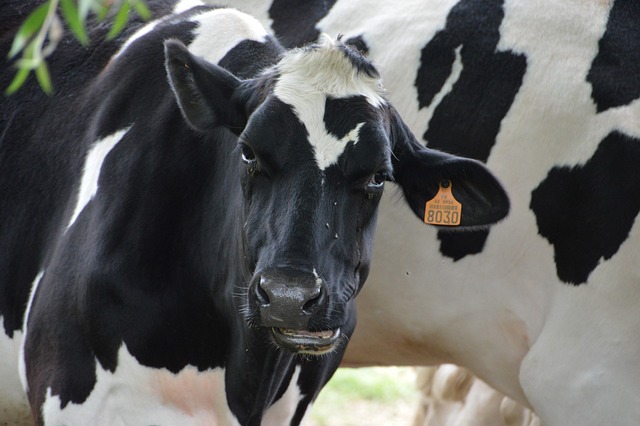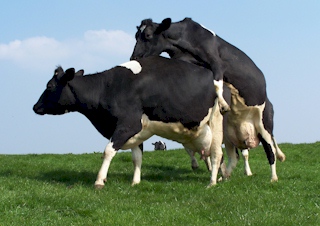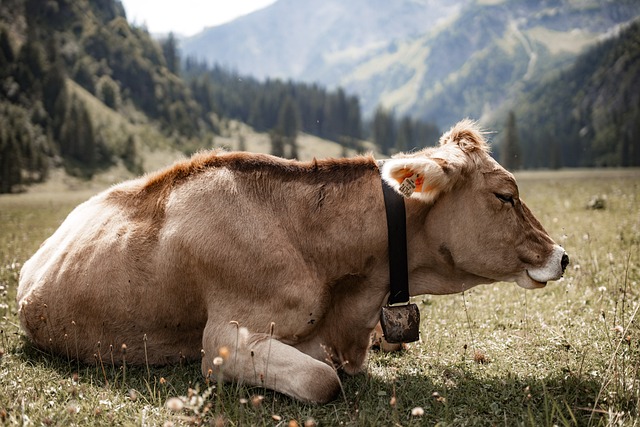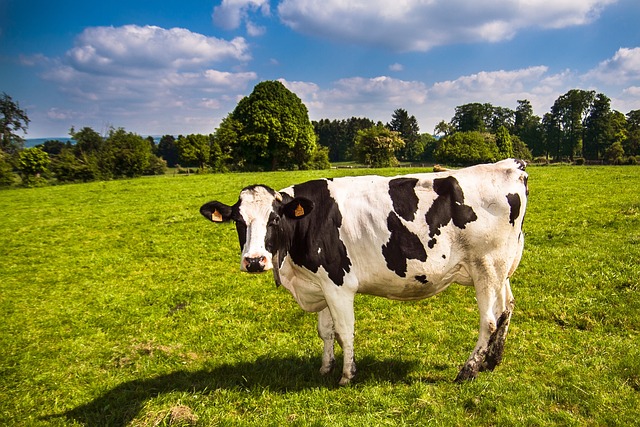Heifer management is a crucial aspect of dairy farming, and it requires careful selection and culling processes to ensure the future productivity and health of the herd. Selecting the right heifers and culling those that don’t meet certain criteria is essential for maintaining a high-quality, productive herd. This article will explore the key points to consider when selecting and culling heifers.
Selection of Heifers
The selection of heifers should be an ongoing process, beginning at a young age and continuing until they become pregnant. Here are the main criteria to consider:
1. Structural Size and Physical Soundness:
Heifers that are structurally large and physically sound are more likely to reach puberty earlier and have a good growth potential. These heifers are generally healthier and better suited for breeding and future milk production. Look for heifers that exhibit a robust frame, as indicated by their height at the hip and overall body length.
2. Pelvic Measurements:
Proper pelvic size is critical for ensuring that heifers can give birth without complications, such as dystocia (difficult labor). Heifers with pelvic openings below the standard of 160 cm² at 12 months of age should be culled to prevent future calving problems. This selection criterion helps in ensuring that only those heifers capable of delivering calves without major issues are retained.
3. Avoiding Overweight Heifers:
While body size and structural soundness are important, it’s also crucial to avoid selecting heifers that are overly fat. Excessive fat can negatively impact their future milk production ability. Fat heifers may also encounter reproductive issues, leading to a lower productive life. Therefore, it’s essential to balance between selecting for size and avoiding excessive fatness.
4. Long-Term Productivity Potential:
Select heifers that show potential for a long and productive life. This involves choosing heifers with structural soundness in their feet and legs, as well as a strong, straight back. Heifers with these traits are more likely to remain healthy and productive throughout their lives, contributing positively to the herd.
5. Well-Developed Sex Organs:
Heifers should have well-developed sex organs and should not exhibit excessive fat or waste in the brisket area. This ensures that they are more likely to have successful pregnancies and healthy calves.
6. Performance Records of Dam and Sire:
Another important criterion is the performance records of the heifer’s dam (mother) and sire (father). Heifers from sires with good maternal traits and dams with a history of high milk production and reproductive success are more likely to inherit these beneficial traits. Using these records can help in making informed decisions about which heifers to retain in the herd.
Culling of Heifers
Culling is the process of removing heifers that do not meet certain standards from the herd. Here are some of the key factors to consider when deciding which heifers to cull:
1. Genetic Defects:
Heifers with genetic defects should be culled to prevent passing these traits to future generations. This helps maintain the overall health and productivity of the herd.
2. Functional Defects Due to Injuries:
Heifers that have sustained injuries leading to functional defects should also be culled. These injuries can impact their ability to reproduce or contribute productively to the herd.
3. Anatomical Defects and Poor Growth:
Heifers with anatomical defects, such as abnormalities in their structure or appearance, should be culled. Additionally, those that show poor growth or are late maturing are less likely to be productive and should be removed from the herd.
4. Repeat Breeders:
Heifers that require multiple attempts to become pregnant, known as repeat breeders, should be culled. This trait can lead to long-term reproductive challenges, reducing the overall efficiency and productivity of the herd.
5. Disposition and Femininity:
Avoid heifers with bad dispositions or those that display abnormally heavy muscling, as these traits are often linked to poor reproductive performance and a lack of femininity. Femininity is important as it often correlates with better reproductive traits.
Conclusion
The selection and culling of heifers are essential practices for maintaining a healthy, productive dairy herd. By carefully selecting heifers based on structural soundness, growth potential, and reproductive traits, and by culling those that do not meet these standards, dairy farmers can ensure that their herds remain robust and productive. This process not only helps in achieving better milk production but also in maintaining the genetic quality of the herd for future generations.





